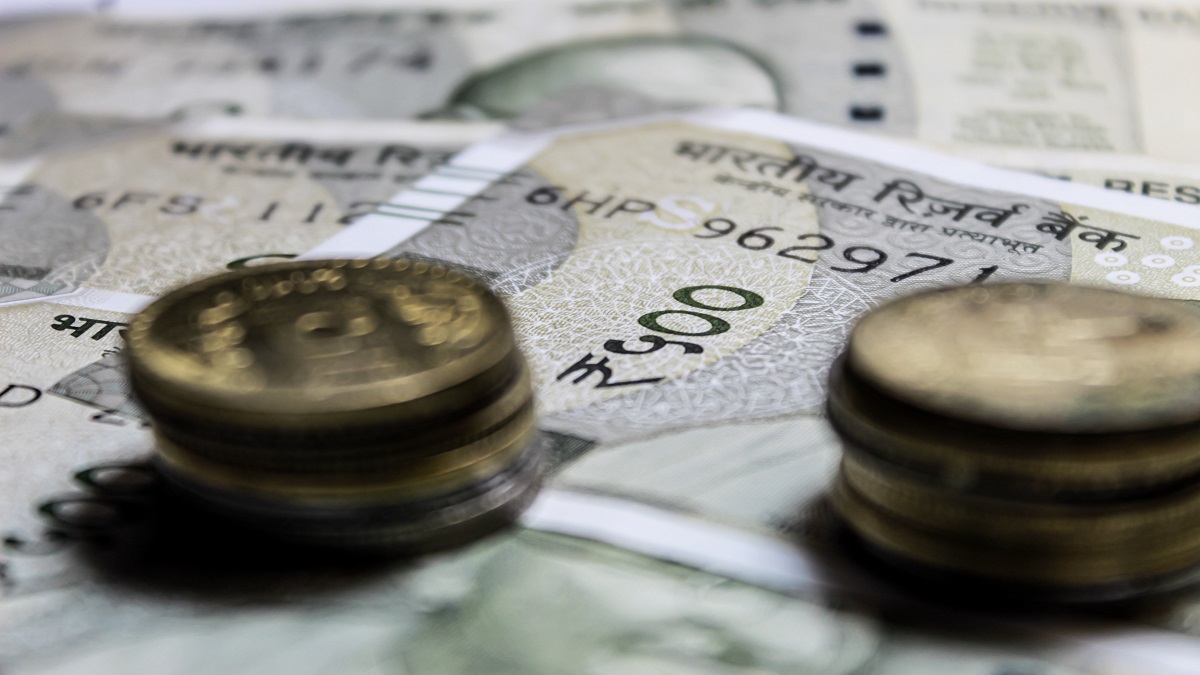Ease of Doing Business for MSMEs: Overall annual MSME NPAs had increased from 8.6 percent in FY19 to 12.6 percent and 12.5 percent in FY20 and FY21 respectively and are likely to stay around the same level for FY22 as well.
The MSME sector is expected to rebound sharply with 15-17 percent growth in revenues for the financial year 2021-22 on the back of demand recovery following the pick-up in economic activity with the gradual easing of Covid restrictions, said a study by Assocham-Crisil on Wednesday. The recovery was reported across sectors with construction, commodities, exports, and consumption services leading the pack. The FY22 growth follows the negative growth of the sector by an estimated 10 percent in FY21 and 6 percent in FY20. For the current financial year, the study estimated 11-13 percent growth.
“The larger uptick in the overall global economy and in India, primarily the pent-up demand and shift in overall business sentiment post-second wave are the reasons for the growth in MSME sector. Another factor is around the increase in some of the commodity prices due to inflation that played role in terms of the overall top line while the third wave had a minimal impact on the overall demand,” Bhushan Parekh, Director, SME Solutions, Crisil told Financial Express Online.
With respect to MSME credit, the study, titled MSMEs Back to the Grind, estimated 7-9 percent growth in FY22 to Rs 18 lakh crore from Rs 17 lakh crore in FY21 and Rs 16 lakh crore during pre-Covid FY20. The growth came amid gradual improvement in demand and rapid economic growth, the study noted. Within the lending space, book growth of banks is projected to be higher at 8-10 percent in comparison to 5-7 percent growth for non-banking financial companies (NBFCs). Banks had an estimated share of 78 percent in the MSME lending book as of fiscal 2022 while NBFCs had a share of only 22 percent.
“The growth was due to the on-ground impact of schemes like Emergency Credit Line Guarantee Scheme (ECLGS) and disbursements we saw. So, there is definitely some confidence in the lending community to go back to the exposures,” added Parekh.
Even as lending is expected to jump, asset quality concerns had increased in the first quarter of fiscal 2022 due to the second wave of the pandemic that impacted collections. According to the study, collections in April and May 2021 had plunged with high delinquencies. In fact, the NPA level increased steeply to 18.5 percent in September 2021 from 16.8 percent in March 2021. The decline was largely in the sub-Rs 25 crore ticket size across major banks. Overall annual MSME NPAs had increased from 8.6 percent in FY19 to 12.6 percent and 12.5 percent in FY20 and FY21 respectively and are likely to stay around the same level for FY22 as well.
“The NPA levels will remain more or less in that range. As of now, we don’t expect any major impact of any further Covid wave even,” said Parekh. However, Covid did play a significant role in accelerating the digital route to raise credit among MSMEs. A survey of more than 500 MSMEs by Crisil, as cited in the report, said the loan book of digital lending platforms swelled from 11 percent before Covid to 55 percent in FY22 for the micro-segment and from 9 percent pre-Covid to 45 percent in FY22 for the small business segment.
“The digital route to secure credit has helped MSMEs draw formal credit post-pandemic. Increased internet penetration and growing adoption of affordable smartphone devices coupled with digital lenders plugging the information asymmetry gap have also pulled MSMEs towards the digital channel. Digital lending platforms have worked in partnership with banks to enable MSMEs to sign up for the ECLGS,” the study noted. However, availability of finance, adoption of technology, lack of formal registration, and competitive market environment were still the broad challenges faced by MSMEs.
Attribution-Financial Express




